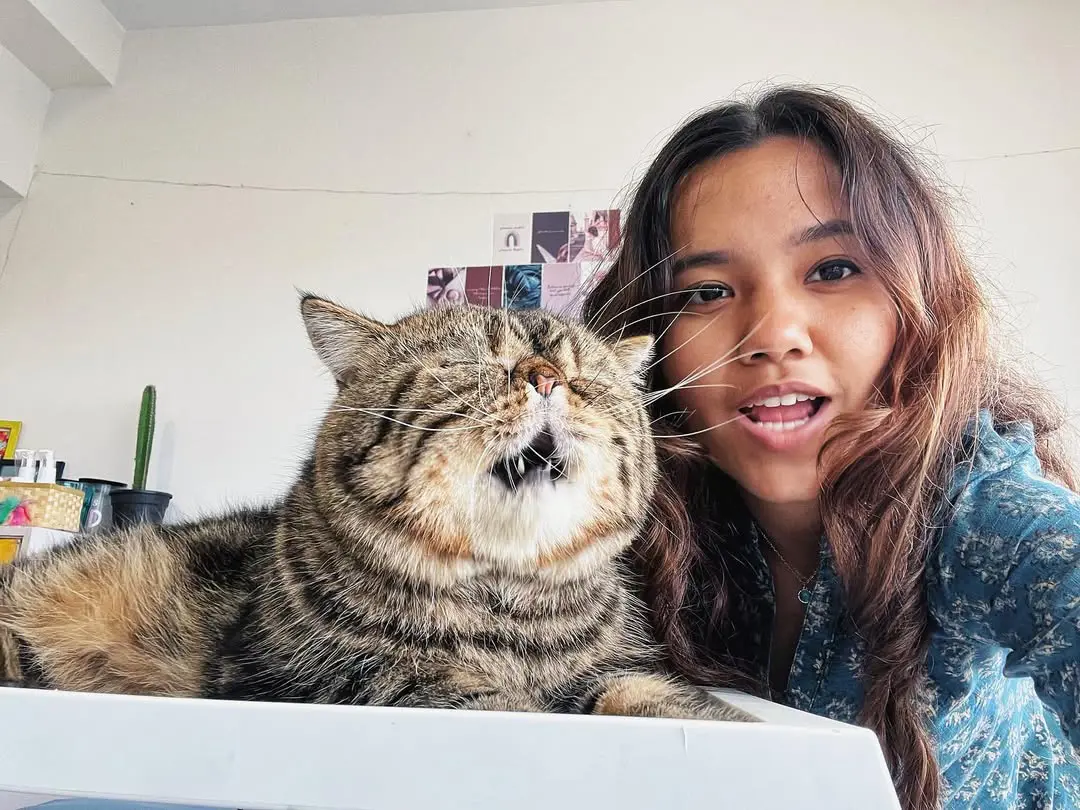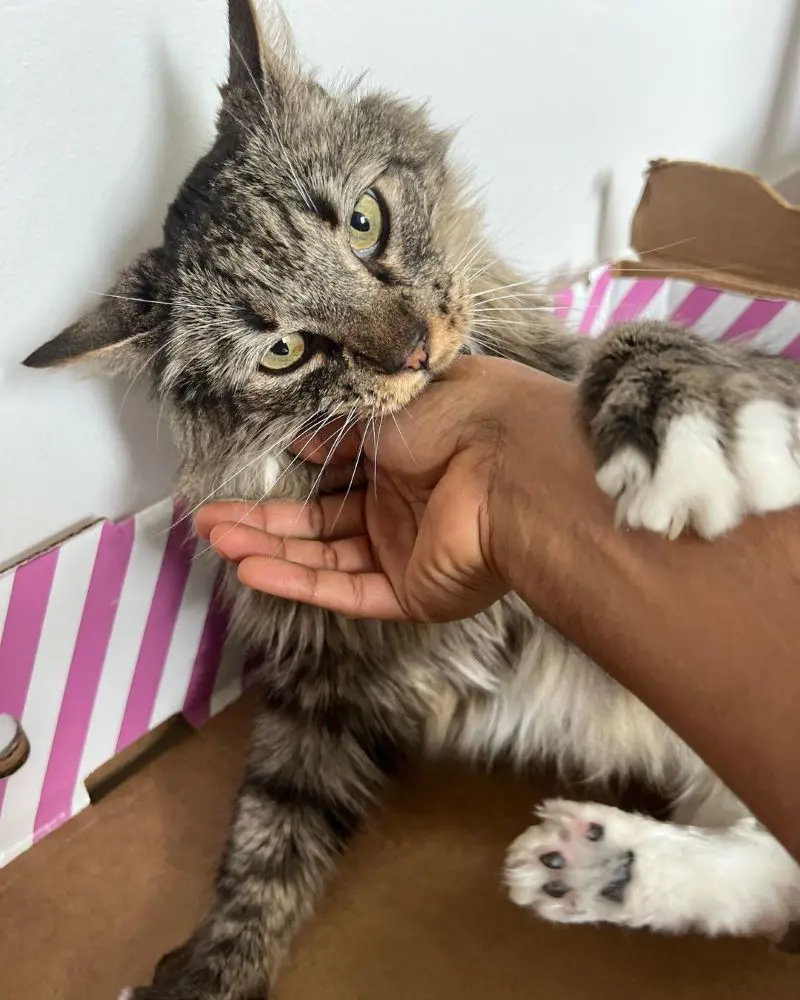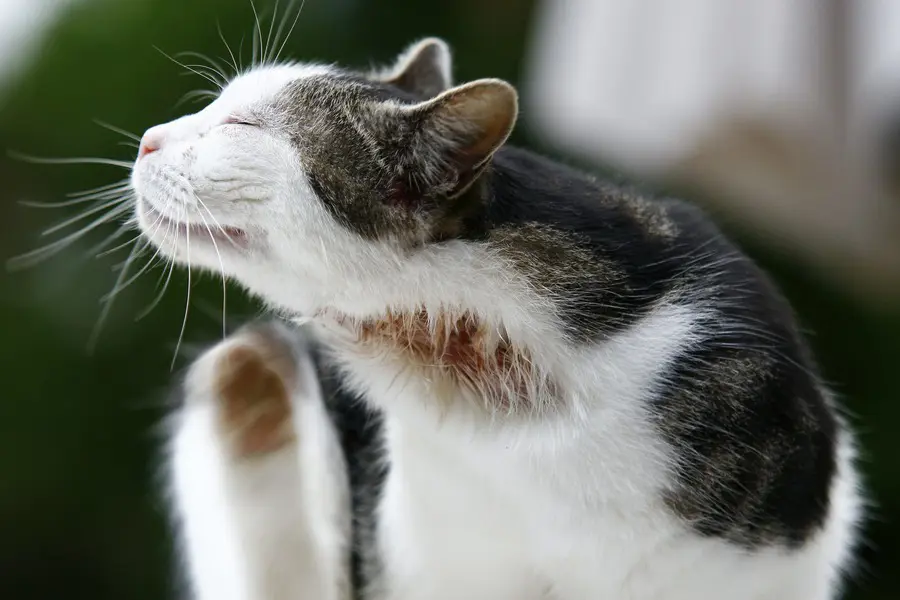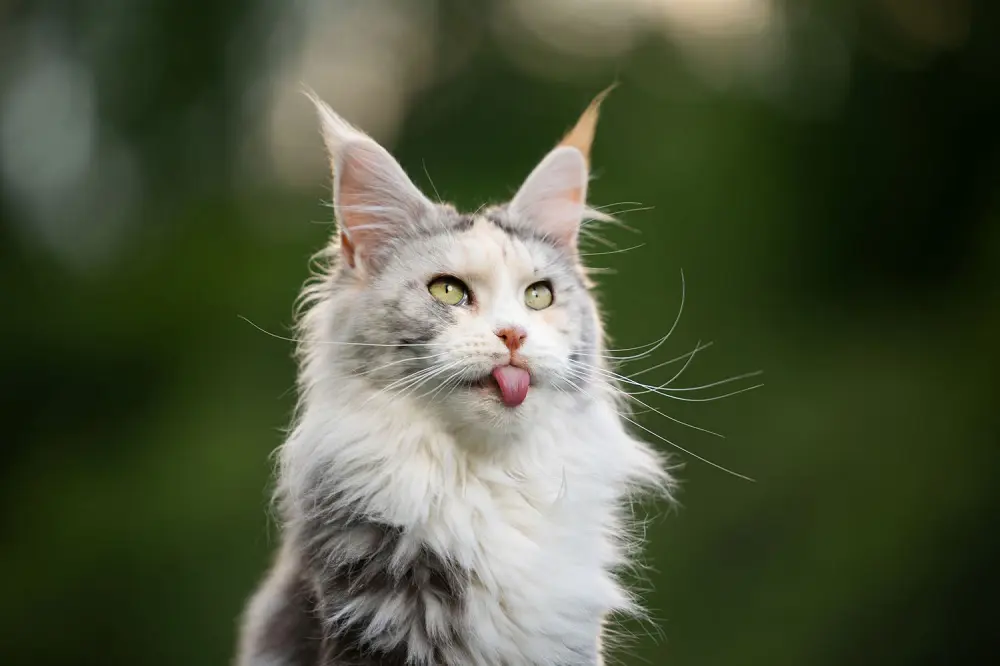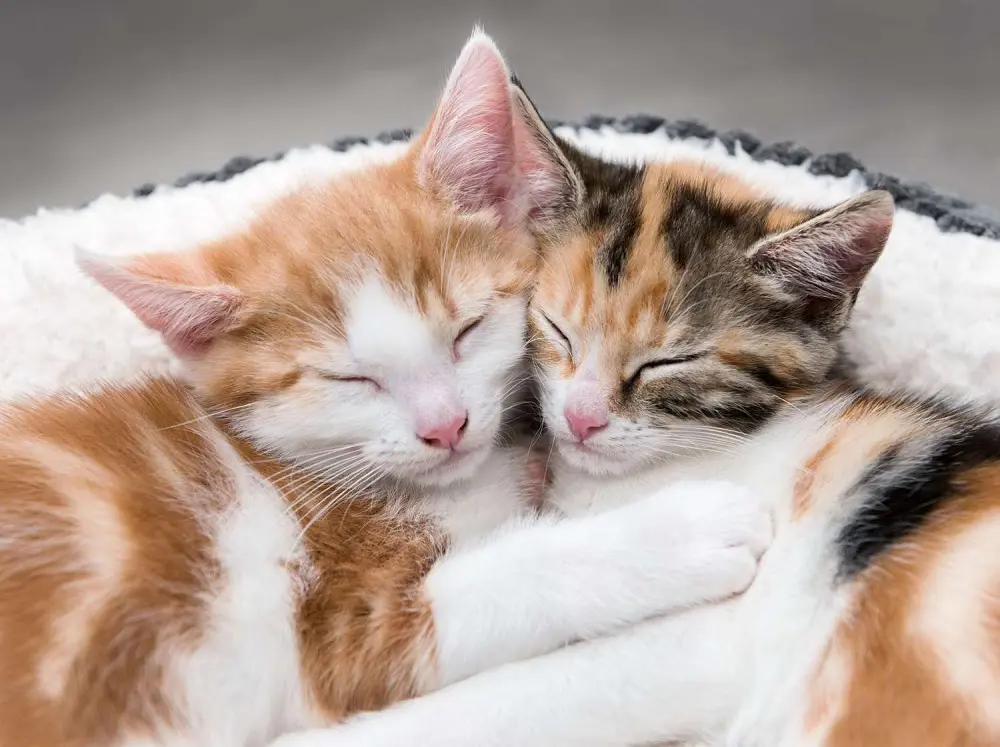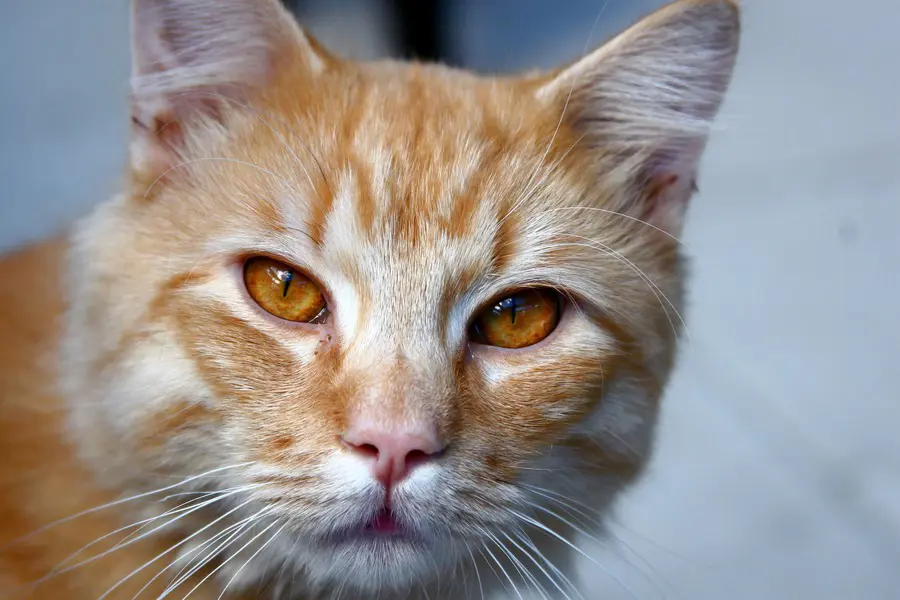Why Do Cats Purr? 15 Meaning Behind It
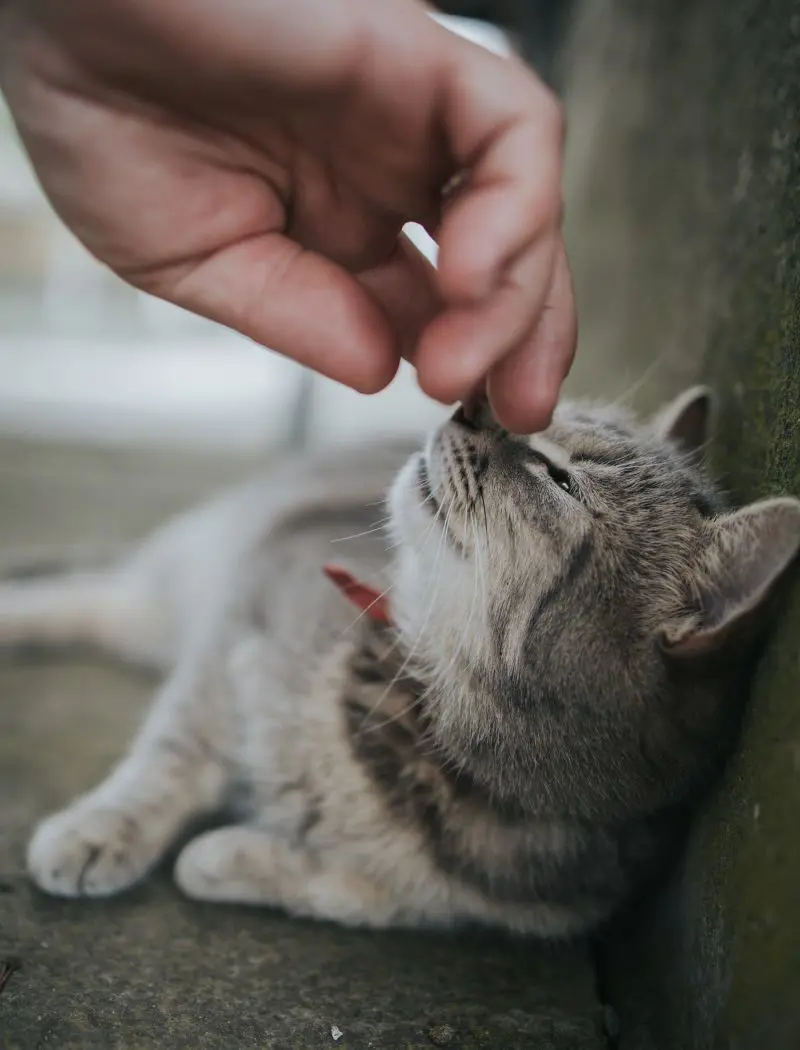
Cats purr for various reasons, ranging from communicating with their kittens to expressing contentment and aiding in healing. As they grow, purring becomes a habitual way to convey emotions and needs.
Environmental and social interactions make it a vital part of their communication and well-being. Cat owners have to be informed of the behavior and environment related to the purring of their cats.
Here in the article, includes 15 reasons why cats purr.
1. Communication
Cats purr to communicate with humans and other cats. This vocalization occurs at a specific frequency, which can vary depending on the context and the cat's intention.
In social interactions among cats, purring often serves as a non-threatening signal, indicating a friendly nature. This helps to reduce potential conflicts and promotes harmony within a group of cats. By purring, cats can also express their desire for attention or interaction.
2. Sign of Contentment
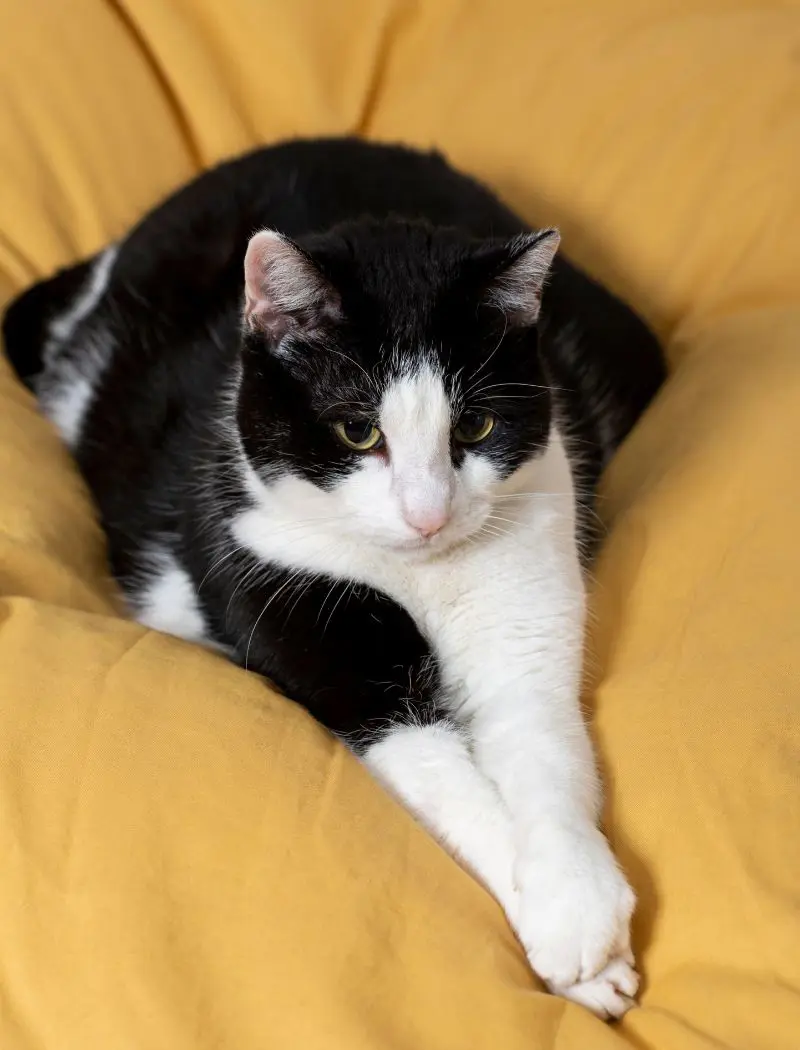
Cats purr often to show satisfaction with their environment, which means they are calm & happy. Purring also results when cats lick their fur or that of other cats.
This type of self-soothing behavior is not only responsible for the care of the physical body but also for the emotional well-being of the animals. When cleaning through purring, felines enhance their sense of security and satisfaction, offering a peaceful environment for existence.
3. Healing Mechanism
Purring in cats is not only a means of communication but also serves as a remarkable healing mechanism. The frequency of a cat's purr, typically between 25 and 150 Hz, has been shown to promote various aspects of physical health.
These frequencies also stimulate the production of new tissue and heal bones, offering therapeutic benefits to the purring cat. This process is particularly fascinating as it suggests that cats have evolved to use purring as a self-healing tool.
4. Stress Relief
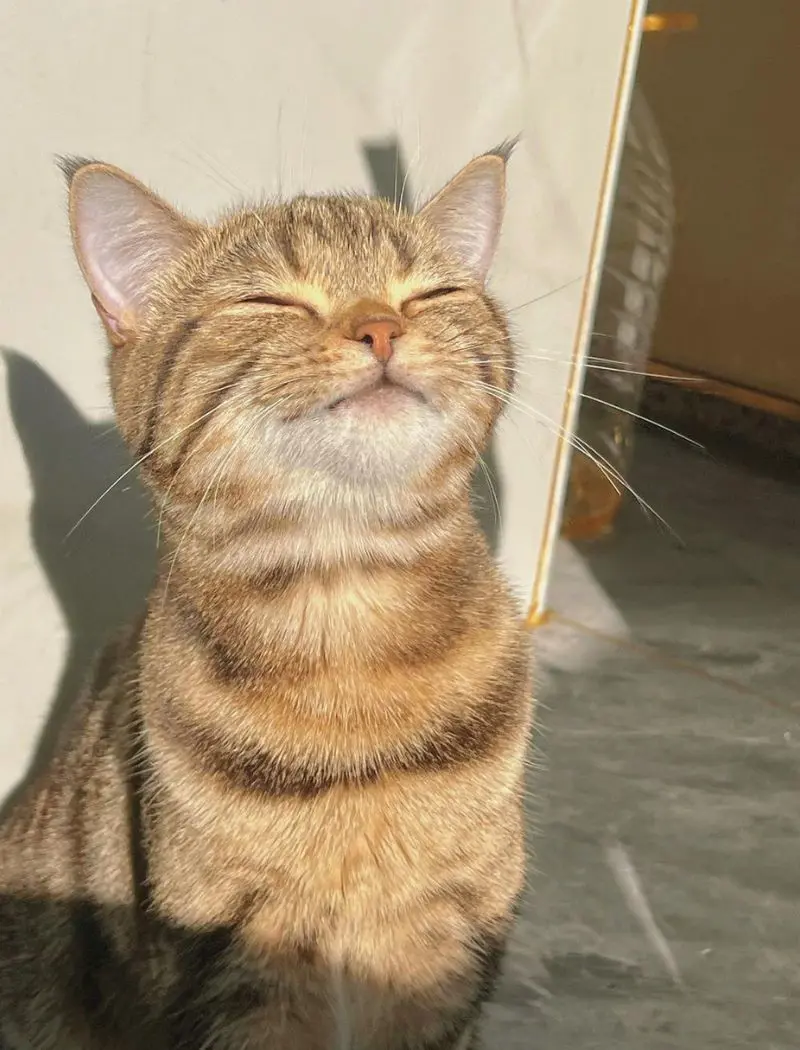
Purring also indicates signs of stress in cats. Purring creates rhythmic vibrations that calm the cats and associate them with safety and well-being. Furthermore, purring during stressful situations in the presence of the owner or other animals also signals an animal seeking comfort and reassurance.
5. Social Bonding
Cat purring with their human companions or other cats is a significant sign of social bonding creating a feeling of attachment and probably some trust and love. This behavior is especially seen during mutual grooming & strengthening attachments between both parties.
Such an affectionate relationship will harness benefits for both the cat and the human by boosting their emotional connection and raising the quality of their relationship in general.
6. Hunger
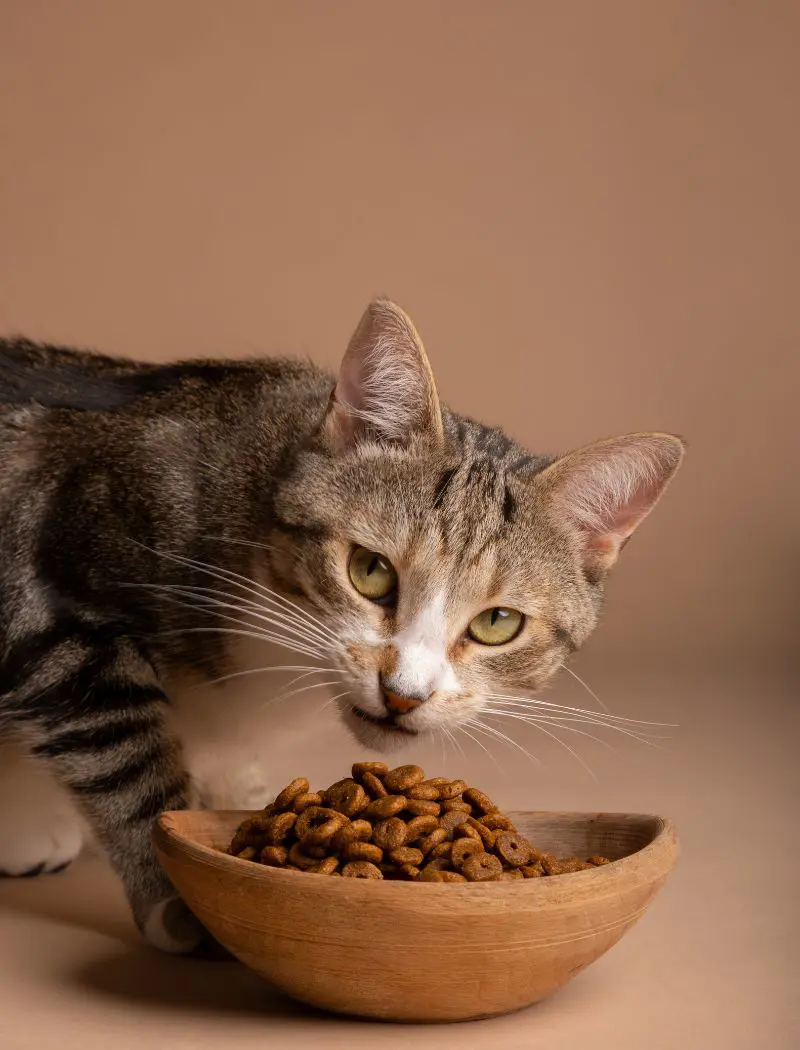
Cats often purr at a much higher pitch to indicate that they're hungry. This is probably rooted in kittenhood since purring is simultaneous to nursing, and getting fed by their mother.
As they grow older, this instinct is used by cats to communicate and report the need for food to them making learned behavior. So, make sure to give cat food or human-friendly cat food in time to ensure they are not hungry.
7. Attention Seeking
Cats use purring as a subtle yet effective way to seek attention from their owners and other individuals. This attention-seeking behavior of cats is often observed when they want to communicate their need for interaction, affection, or specific care.
The strategic use of purring to gain attention can be particularly evident during mealtime. Additionally, purring can serve as an indirect request for attention when a cat is feeling neglected.
8. Sleep Preparation
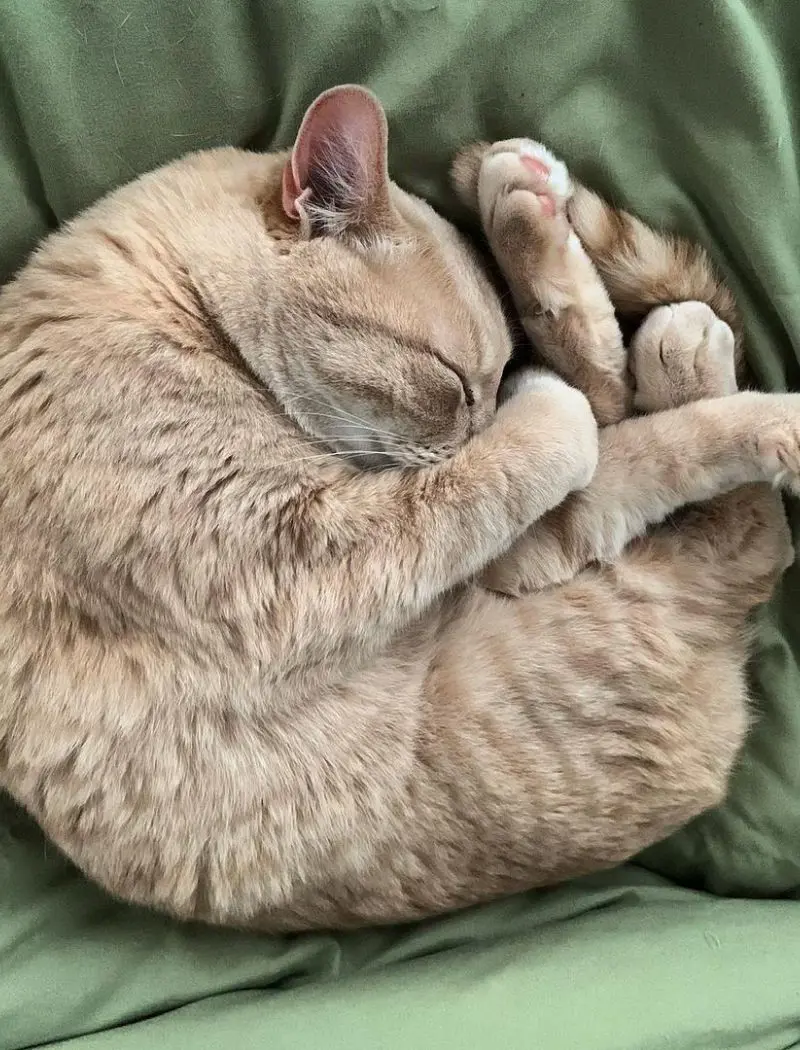
Purring is also an important part of any kind of preparatory ritual for the sleep of cats. They purr softly while falling asleep or sleeping at night to soothe their inside and to create a soothing atmosphere that may easily put them to sleep.
Such rhythmic sound and soft vibration produced during purring relax not only the muscles but also the nervous systems of the cats and make their transition to sleep very smooth. This also helps improve the cat’s sleeping position and promote better sleep.
Purring relaxes the tension and reduces stress from the activities of the day. Attained peace from this not only provides for better sleeping but also sets up the cat physically and psychologically for restorative rest.
9. Pain Management
When a cat is in pain, purring can serve as a means to manage and reduce their distress. Low-frequency vibrations of purr have been shown to decrease inflammation and reduce pain perception, providing a level of relief for the cat.
This form of vibration therapy can also help to relax the cat's muscles and promote overall comfort.
10. Endorphin Release
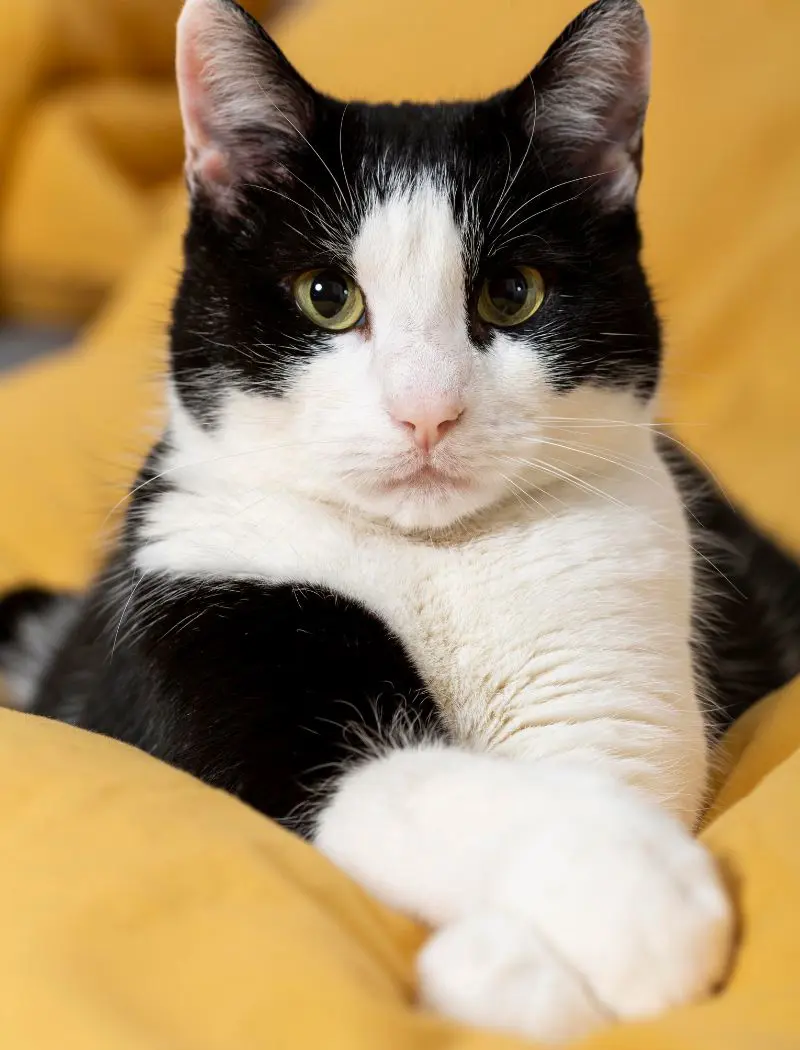
Purring helps to release endorphins which helps to release pain and enhance mood. The vibration of a cat purr interacts with the nervous system to promote the production of endorphins, which helps to relieve pain.
11. Marking Territory
Purring is also a form of marking territory associated with signs of rubbing or spraying. This is common in multi-cat households and outdoor conditions under which cats meet other animals.
Cats purr to mark their human caretakers to show other animals that a relationship has been created and they are in the same territory. Purring as a means of marking territory reflects the social behavior of cats and their need to set boundaries around themselves.
12. Learned Behavior
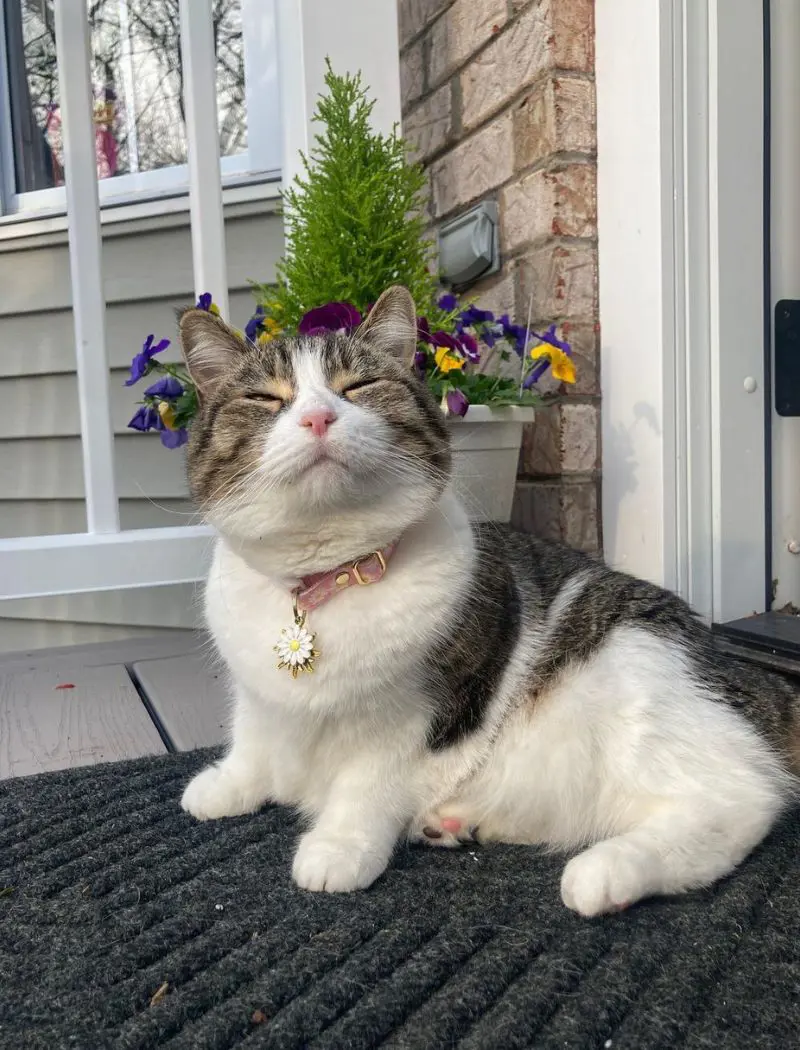
This is also a learned behavior that shows the cat's ability to adapt communication strategies to interact with human companions. While purring is an instinctual behavior, its use in specific contexts can be influenced by learning and experience.
With time, cats also refine their purring technique based on the feedback received from their interactions.
13. Distraction Technique
The cat appears to purr instinctively when it feels anxious, stressed, uncomfortable, frightened, or even hurt. It shifts its attention away from the very same stimulus that caused the stress to the soothing vibration and rhythm in its purring itself.
This diversion technique also affects vet visits and medical procedures, helping the cats to release the accumulated anxiety and discomfort, hence making the procedures easier to conduct. Such adaptive behavior is one great example of how cats have learned to use purring not only in communication but as a strategy for emotional regulation.
From physical pain and emotional shock to social confrontations, purring helps return composure to a cat and thereby allows them to maintain poise through the situation.
14. Expression of Emotions
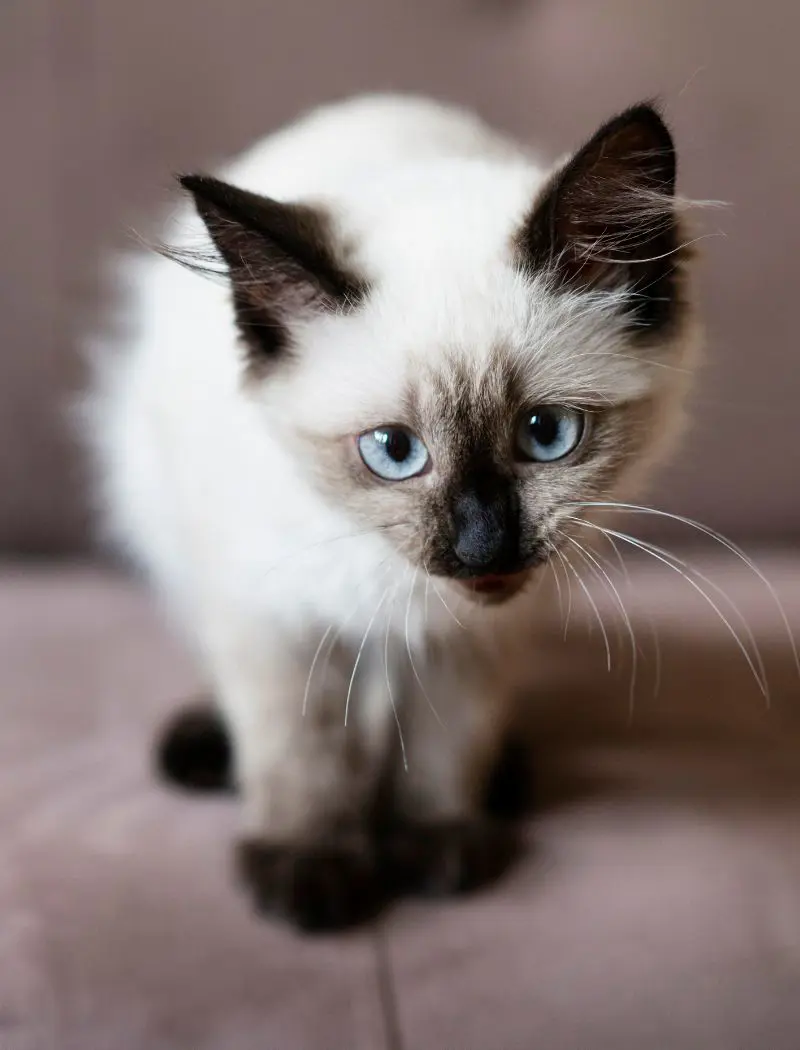
They purr as a means of their emotional expression, to convey various emotions and moods including the satisfied, joyful, or even loving. Cats do this quite frequently by softly purring to express their delighted feelings reflecting relaxation, gratitude towards their owners, and pleasure, showing the cat has satisfied its comfort zone.
In an irritated or frustrated situation, a cat will purr to keep calm helping to self-regulate their flustered feelings. This adaptive behavior helps them in communication and expressing feelings without rising to the situation, hence, maintaining peace with other animals and also human beings.
15. Exploration
Purring helps cats by aiding their interactions with their environment. They purr into new environments to signal their presence and ensure security.
The sound of purring also calms the cat and reduces anxiety related to encountering new surroundings. In addition, purring is a reassuring signal for both the cat and other animals in the surroundings.
Top Lists
